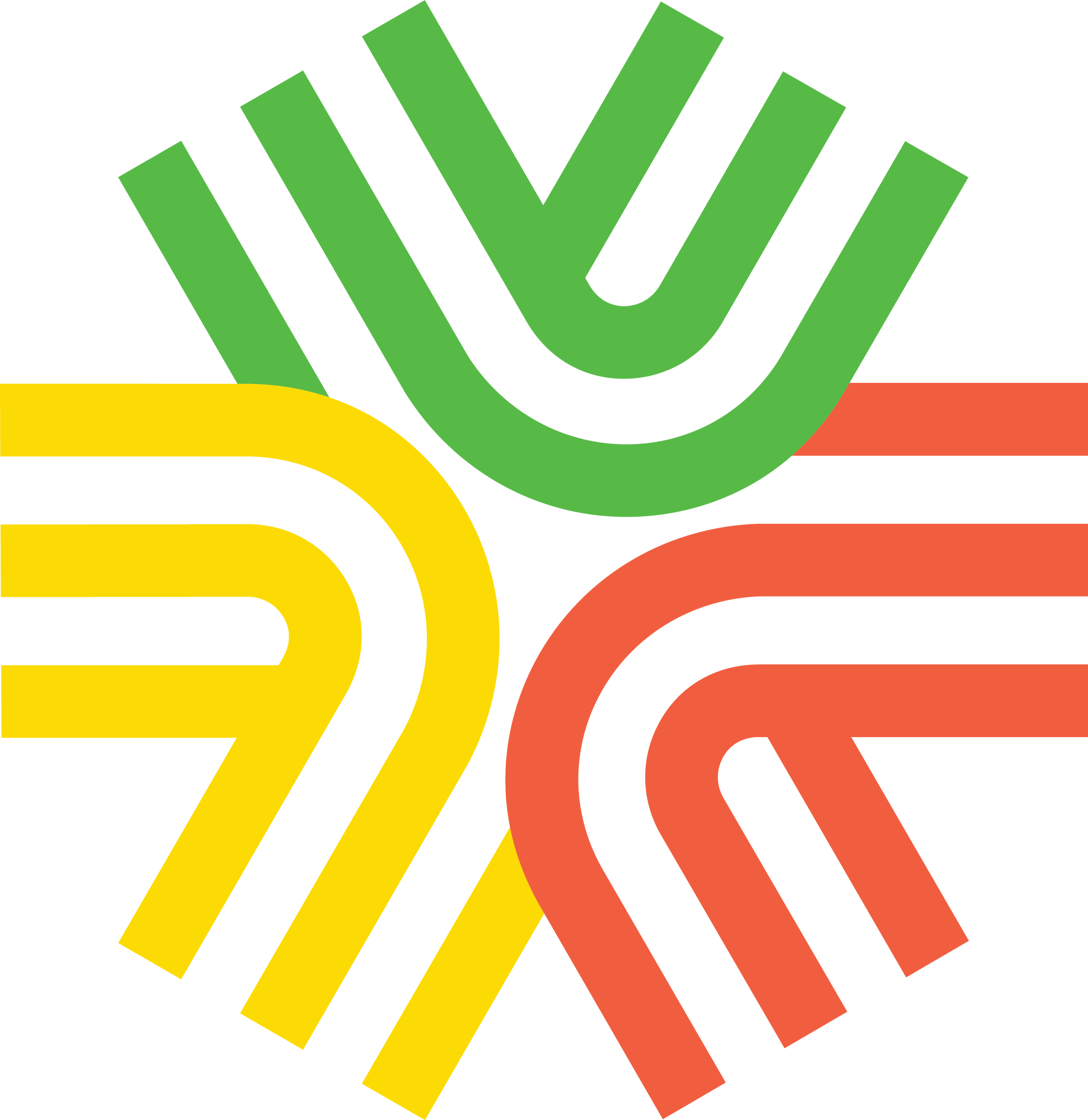On Being a Reflective; Teacher as a Practioner at International School Dhaka
John Dewey (1933) was a forerunner in the notion of reflection as a mode of thought. “We do not learn from experience,” he maintained. “We learn by reflecting on our experiences.”He encouraged instructors to step away from routine and towards a more aware type of practice. Learning is continual in the educational environment; we are always developing. There is always more to study and comprehend in order to improve our teaching abilities. Braun and Crumpler (2004) expressed it well in their study on teacher reflection.
“To be unreflective results in a teacher who is merely a skilled technician, i.e. one who has limited ability to make good decisions; to consider the consequences of their actions; and, to alter their actions.”
This implies that a 35-year veteran teacher may learn and improve in the same way as a brand-new teacher coming into the classroom. They only need to be willing to engage in the reflective process and then be receptive to feedback. Otherwise, they are simply going through the motions day after day. Having said that, I’d want to reflect on this academic year with a focus on becoming a reflective and balanced Design teacher.
Being reflective is also central to both Design and the IB Learner Profile of being balanced and reflective. Throughout this academic year, I have learned about the importance of evaluating my own work and reflecting on the design choices I have made for my students through collaboration with my cohorts.
This balanced and introspective method has enabled me to recognize my strengths, places for growth, and significant lessons gained. It has instilled in me a sense of self-awareness and a commitment to continuous growth, allowing me to refine my design lesson plans and strive for excellence as a design teacher, all while recognizing how important it is to embody the values of reflection and balance in order to create a nurturing and effective learning environment for my students at the International School of Dhaka.
I seek to deliver the greatest possible education and advice to my students at ISD by regularly analyzing my teaching techniques, commenting on students’ cognitive skills, and documenting on our Learning Management System (Managebac) before launching a unit, throughout the unit, and after the unit.
Being introspective as a design instructor also entails reflecting on student results and learning development. I carefully check student work, evaluate their progress, and identify areas where extra help or challenges are required. I provide students meaningful feedback in correlation with the IB requirements that helps them understand their strengths and areas for growth, allowing them to create meaningful objectives and take responsibility of their learning experience. By reflecting on student results on a frequent basis, I may modify my instruction to meet individual needs, promote student progress, and maintain a supportive and inclusive classroom that caters to students’ social and emotional learning needs.
It is also critical for me to strike a balance in my role as a design educator. Design education encompasses both technical and creative skills. It is vital to strike a balance between structured instruction and giving youngsters the freedom to express themselves creatively and individually. I want to create a learning environment that encourages creativity, critical thinking, uniqueness, and innovation while still ensuring that kids master basic skills and knowledge with a Design mindset.
Balance also entails effectively managing time and resources. Because design projects may be time-consuming and intricate, it is vital to provide students with realistic timelines and manage their learning experiences. correctly. By creating a balance between project expectations and accessible resources, I hope to help students achieve their goals without overwhelming them. Furthermore, I want to provide a balanced curriculum that exposes students to a wide range of design disciplines, processes, and technologies, fostering their overall development as designers.
It is also essential to a design instructor to maintain a balanced and empathic approach to student evaluation and feedback. I understand the significance of recognizing students’ skills, applauding their accomplishments, and delivering constructive criticism that promotes progress. I can properly evaluate students’ progress and give relevant feedback that supports their learning journey by using a balanced assessment method that incorporates formative and summative assessments.
In conclusion, being reflective and balanced as a design teacher is vital for creating an engaging and supportive learning environment. By regularly reflecting on my teaching practices, student outcomes, and personal growth, I can continually improve my instructional practices. Balancing technical skills with creative exploration, managing time and resources effectively, and adopting a balanced approach to assessment and feedback are key elements of my role as a design teacher. Through a commitment to reflection and balance, I aim to empower, inspire, and embrace my students as they embark on their own design journeys in our primary and secondary Design Programs.
George Carrington
Whole School Head of Department- Design




